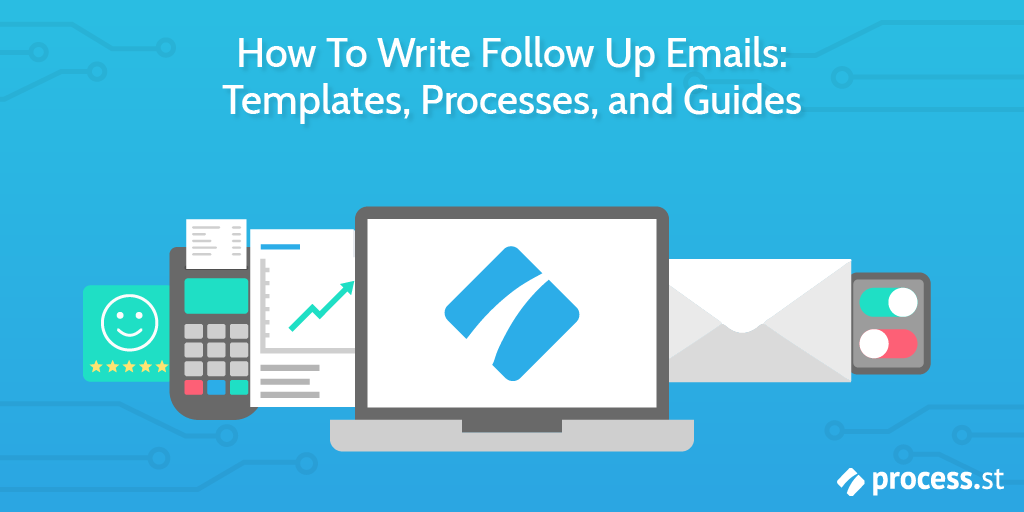
In 2018, we saw more than 3.8 billion email users worldwide. 3.8 billion and increasing. That is almost half the worlds population on email.
From this statistic, Process Street gives to you both good news and bad news. The good news is that you have a fantastic method to communicate with your customers.
The bad news?
Business and consumer emails sent and received per day will exceed 293 billion in 2019, which is forecast to grow to over 347 billion in 2023.
Email after email multiplied into the billions loses your line of communication to the spam folder.
How do you make sure your emails are noticed and stand out from this crowd? The answer, by sending follow up emails.
In this Process Street article, we will look at the basics of follow up emails. We provide email templates to help you get started and processes for follow up email campaigns.
We will help you stand out.
In this article you’ll find:
- Who needs a follow up email?
- How to write a follow up email.
- Why do you need to write follow up emails?
- Five follow up email templates.
- How to write an email campaign.
- How you can use Process Street to help your email campaign.
Who needs a follow up email?
We have divided follow up emails into two groups. Group one represents your professional follow up emails. Group two represents your recurring follow up emails.
Let’s have a look at these two grouped types of follow up emails in more detail.
Group one: professional follow up emails
Professional follow up emails are single-use emails sent in response to an action. To illustrate this, consider the following scenario.
After a nervous interview pitch, you sit, sweaty-palmed, deciding whether you should get in touch. You want to set yourself up for success. You want to stand out from the rest of the candidates. You want to say thank you for the interviewers time and for reviewing your application. You want to send a follow up email.
Sending a follow up email after an interview is an example of when a professional follow up email is needed. Other cases include:
- To arrange a meeting.
- After a meeting.
- After a cold ask.
- To promote your business or service.
These instances, where follow up emails are necessary, have two things in common. One, they are sent in response to an action. Two, they are single-use emails used to capture attention in a one case situation.
Group two: recurring follow up emails
Recurring follow up emails are sent as a result of a campaign, following a process. Let us dive into another scenario for more clarity of what recurring follow up emails are.
Picture your sales process. Imagine this process as a funnel. At one end of the funnel, you have your prospects. Prospects who are not sure what you do, what you can offer and if they ‘need’ your product/service. At the other end of your sales funnel you have enthusiastic customers, committed to the sale.
What happens between the two ends of your sale funnel? How do potential prospects become committed customers?
The answer could be from a lead nurturing campaign. This is a chain of emails, each one designed to guide every prospect through your sales process. Separating prospects that ‘need’ your product or service from prospects that do not. The result? An ultra-responsive customer who experiences the most satisfaction from your product/service.
Sending a sequence of emails for a lead nurturing campaign is an example of a recurring follow up email. All recurring follow up emails have two things in common. One, they are sent in a sequence as part of a campaign. Two, they follow a process.
How to write a follow up email

Writing follow up emails is a refined art. There is a method that sets your emails apart.
For follow-up success, you need concrete rules to produce your email masterpiece.
- Rule one: Decide what you want to achieve. Set a goal that is unique to you and the situation.
- Rule two: Put yourself in the recipient’s shoes. Ask yourself key questions such as ‘what is in it for them?’ and ‘Do I have a reason to send a followup email?’ Think about the tone you should use which is dependent on your goal and the situation.
Once you have considered the above, it is time to write your email. Use the below five-step process for writing a follow up email.
- Add context. Remind the other person why you are contacting them or how they know you.
- Add value. Make it worthwhile for the recipient/s to open, click and respond to your email.
- Explain why you are emailing. Explain to the recipient why you are sending the email. Be concise and direct.
- Include a Call-to-Action. Make it easy for the recipient to respond, removing vagueness and ambiguity.
- Close your email. Wrap up the email in a way that feels natural to you. Be sympathetic to your current and earlier interactions with the recipient.
When should you send a follow up email?
How long should you wait before you send a follow up email?
About 90% of recipients open and reply to your email on the same day that it is sent.
Although there is no solid rule that stands, Steli Efti, the CEO of Close proposes spacing your emails as follows:
- First follow up email, 1-2 days
- Second follow up email, 4 days
- Third follow up email, 7 days
- Fourth follow up email, 14 days
- Fifth follow up email, 30 days
- Sixth follow up email, 30 days
From the sixth email sent, follow ups should be sent on a monthly basis. It is important to experiment a little to make sure timings work for your unique context.
Why you need to write follow up emails
Circling back or checking in with the absence of a response sparks hesitation towards sending each follow up email.
Our instincts scream ‘no!’ as our finger hovers over the send button.
Unfortunately, in this case, our instincts are wrong.
Response rates increase from the first (18%) up to the sixth (27%) email sent.
80% of prospects say ‘no’ four times before they say ‘yes’.
Email campaigns delivering 4-7 emails in a chain receive a 3x higher response rate, compared to campaigns with only 1-3 emails in a chain.
Following up once can convert 22% more replies.
Need I go on? The evidence is there. Ignore what your instincts tell you. Both professional and recurring follow up emails are vital for business success.
Five follow up email templates
So far we have discussed what a follow up email is and when they are needed. We have determined the difference between a ‘professional’ and a ‘recurring’ follow up email. We have also tackled the ‘how’ and the ‘why’ answering the questions ‘How to write a follow up email?’ and ‘Why you need to write follow up emails?’
Now, you need the tools to aid your follow up email creation. We start with the professional follow up emails.
Here are five free professional follow up email templates. Scroll down and jump right in.
Interview follow up email template
As discussed, sending a follow up email post-interview can set oneself aside from the rest of the candidates. Use this interview follow up template from Indeed to spend no time at all and personalize your thank you follow up.
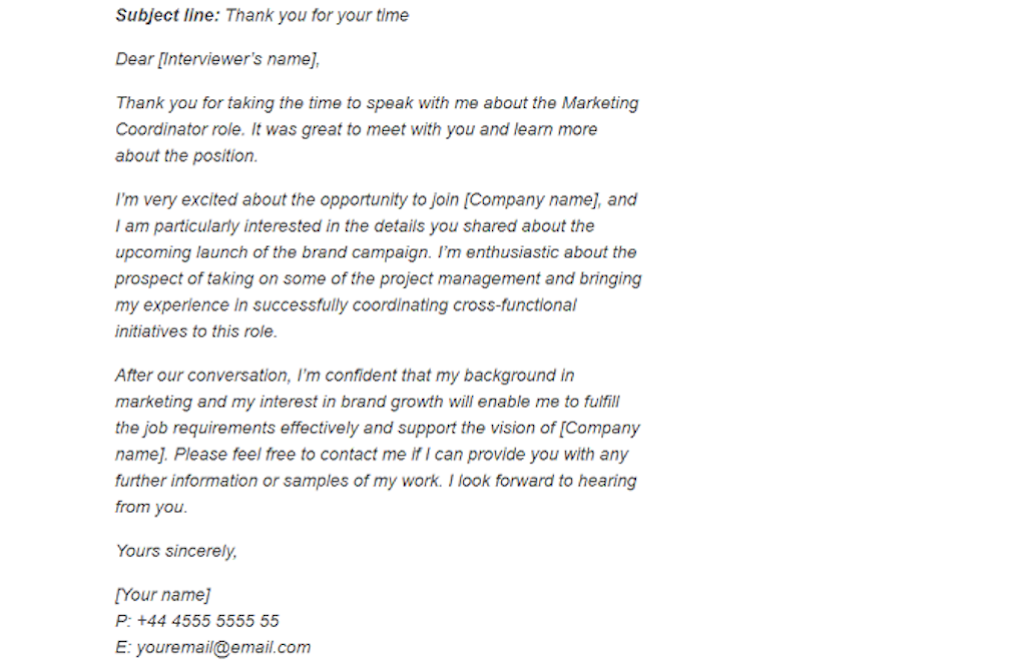
You can find the Interview Follow Up Email Template here
After a cold ask follow up email
Receiving no response after sending a cold mail, asking for a favor or promoting your service/product, it is good practice to follow up with an email. You can use the HubSpot template below to do this.
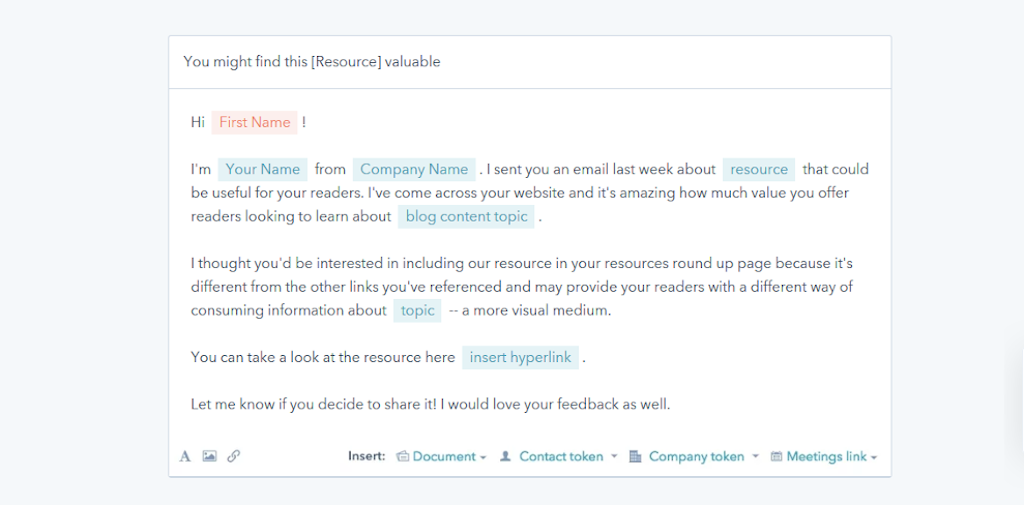
You can find the After Cold Ask Follow Up Email Template here.
To ask for a meeting follow up email template
Meetings are a great way to discuss an idea or have initial face-to-face contact with a potential client, customer or employee. Such face-to-face interactions set a foundation to move forward with your business relationships. Check out another HubSpot template to help with this.
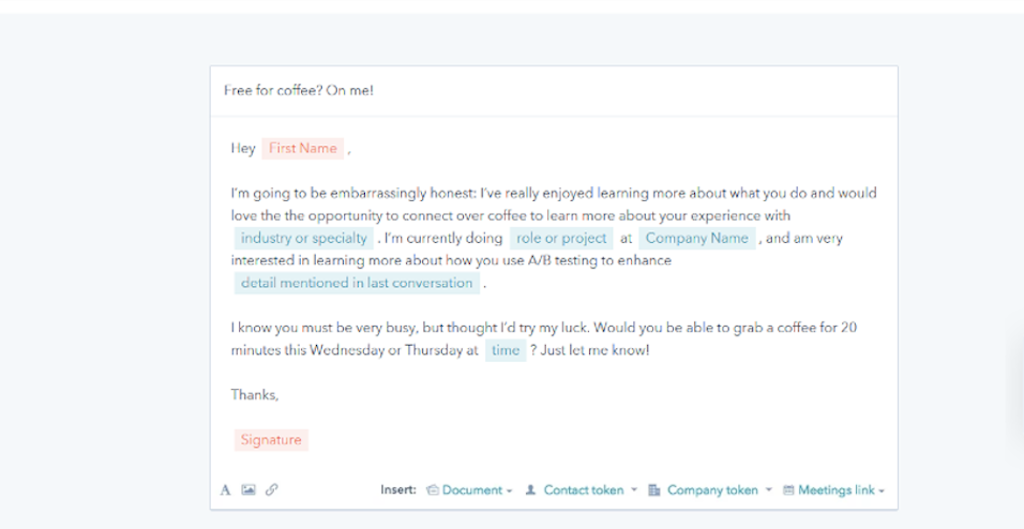
You can find the Ask For A Meeting Follow Up Email Template here.
Post-meeting follow up email template
You have set up a meeting, met, and now you want to follow up post-meeting. Use this email template to send a follow up email after a meeting. Summarize the results of the meeting and express why they are meaningful.
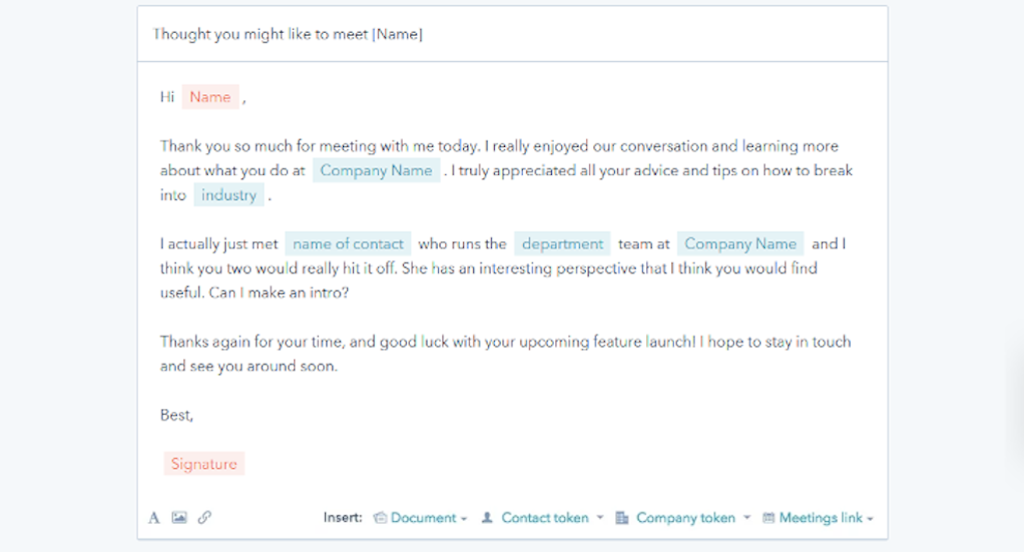
You can find the Post-meeting Follow Up Email Template here.
Promote your business or service follow up email template
Use the follow up email template to promote your business or service. Tell the recipient details about your company. About your story, and what you can offer the recipient.
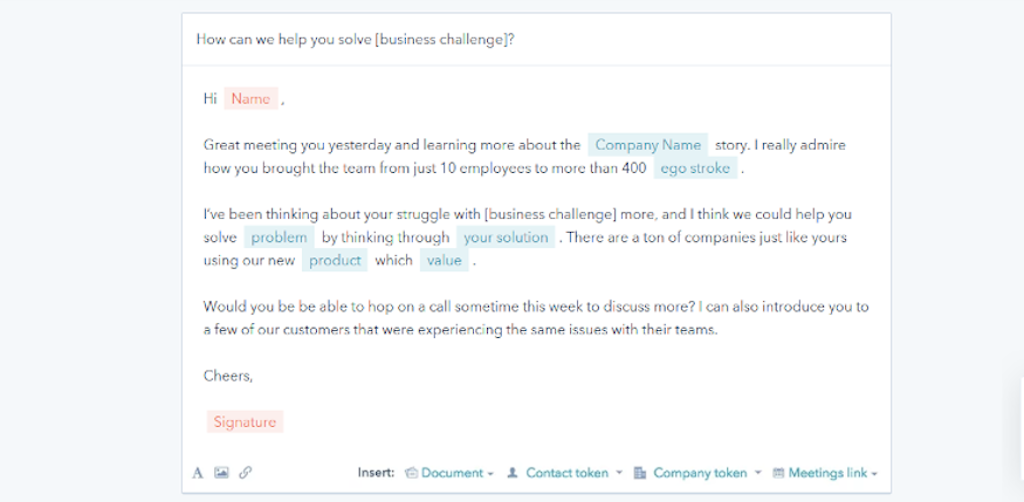
You can find the Promote Your Business Or Service Follow Up Email Template here.
Follow up email processes to run your business
We turn our attention to the second type of follow up email. That is, recurring follow up emails.
Here at Process Street, we have developed a pack of 10 processes. Each process acts as a guide for you and your team to write recurring follow up emails for a given email campaign.
Process Street’s processes use features such as conditional logic, dynamic due dates, and stop tasks. These features mean that each template adapts to your specific circumstance. Each follow up email process becomes applicable for you and your email campaign.
Other features of our follow up email processes include:
- Synergized work within your team using Process Street’s role assignment feature.
- Advice and information on how to write recurring follow up emails.
- A defined stepped process to write recurring follow up emails. This increases ease, efficiency. and productivity.
These step-by-step guides help you build a strong, robust line of communication that your customers won’t be able to ignore.
Our follow up email quicklinks!
- Email Onboarding Sequence Process
- Evangelist Sequence Email Process
- Lead Nurturing Email Sequence Process
- Purchase Reminder Email Process
- Re-engagement Sequence Email Process
- Sales Email Sequence Process
- Training Sequence Email Process
- Transactional Sequence Email Process
- Upsell Sequence Email Process
- Welcome Email Marketing Sequence, New Customer Process
Click on the quicklinks to access these processes right away. Otherwise, scroll down for a brief introduction to each.
How to write an email campaign
Before you start your email campaign, you must ask yourself ‘What type of email campaign am I building?’
Process Street’s follow up email process pack provides support for crucial email campaigns. Each process in this pack addresses the question of ‘how to write an email campaign’ head-on. Each process is specific to the email campaign you are creating.
Scroll down for more information in regards to each process in our follow up email pack.
Use these processes to guide the writing of the different emails in your campaign. If you are a manager, you can run each process as a checklist and delegate the tasks in the process to a member of your team.
Training sequence email process
‘How do I do this?’
‘How does this part work?’
‘What do I do when this happens?’
These are questions a confused and frustrated customer would ask. A customer that is cursing your instruction manual or questioning your service. Not great as you try to deliver a 100% positive experience.
~65% of customers state they will stop using a brand after one negative experience. Confusion and frustration are not emotions you want to be associated with your brand. You need to provide the answers before the questions are asked.
Process Street’s Training Sequence Email Process does that.
Use Process Street’s Training Sequence Email Process as a guide for you to develop an impactful training sequence. Create emails that stand out within your customer’s inbox as a ‘must read’ email chain.
Click here to access the Training Sequence Email Process.
Email onboarding sequence process
The Email Onboarding Sequence Process is a more specific case of the Training Sequence Email Process. That is, a training sequence campaign educates the customer on how to use your product/service in general. The email onboarding campaign educates the customer on the basics and introduces them to the product.
Email onboarding involves seeking what questions each customer has. Emails are tailored to deliver the solutions to each unique query.
With an effective email onboarding campaign, you can gain a 500% increase in customer lifetime value, helping you obtain long-term customer success.
Use Process Street’s Email Onboarding Sequence Process to help you write an email onboarding campaign. Gain the customer lifetime value benefits that come by doing so.
Click here to access the Email Onboarding Sequence Process.
Evangelist sequence email process
Did you know that ‘Evangel’ is a Greek word meaning good news?
Consider the word ‘evangel’ in a business sense. An ‘evangelist’ is a person who brings good news about a business or a product. An altruistic act. But an act comes about as users not only like your product or service, they are ecstatic about it.
On average, a business evangelist will bring three new customers and lower customer acquisition costs by 50%. It goes without saying that business evangelists are beneficial to your business.
Process Street’s Evangelist Sequence Email Process helps you create your evangelist targeted campaign. As the template gives structure, and information, your chain of emails will be prominent in any inbox.
Click here to access the Evangelist Sequence Email Process.
Lead nurturing email sequence process
As mentioned before, lead nurturing is about developing relationships with potential buyers. Relationships are developed at every stage of your sales funnel, and your prospects are guided to the final buying stage.
With a lead nurturing campaign, companies can generate a 50% increase in sales, with a 33% lower cost. Hence, your lead nurturing campaign can lead you towards bigger profits.
Use Process Street’s Lead Nurturing Email Sequence Process and make your lead nurturing campaigns attract the attention of your users, and build strong customer relationships.
Click here to access the Lead Nurturing Email Sequence Process.
Upsell sequence email process
Whereas your lead nurturing campaign focuses on obtaining an initial customer base, your upsell sequence campaign focuses on your current customers. Upselling is selling a more expensive version of your product/service. To do this, your upsell campaign needs to develop good relationships with your customers.
Loyal customers are 7x more likely to try a new offering. With a good upsell email sequence, such a sales opportunity is captured.
Use Process Street’s Upsell Sequence Email Process to lead you through each step in the creation of an engaging Upsell email campaign.
Click here to access the Upsell Sequence Email Process.
Purchase reminder email process
Sending purchase reminder emails is about predicting the customer’s behavior, determining customers purchase cycles and analyzing their purchase history.
It is possible to capture a 70% increase in sales by sending reminders to your customers. To get such considerable benefits to your sales, your purchase reminder emails must leave an impression.
Process Street’s Purchase reminder Email Process is a checklist that walks you through the creation of your purchase reminder email campaign. Miss no step as you work in synergy with the rest of your team.
Click here to access the Purchase Reminder Email Process.
Re-engagement sequence email process
22.5% subscriber loss per year is the cost of email list decay. 22.5% rises to almost 50% accounting for remaining subscribers that stop interacting with you.
Re-engagement is all about re-igniting these dwindled customer relationships. Regain the customer interaction you fought hard to get.
The Re-engagement Email Process instructs you and your team to create a re-engagement campaign. Create an email sequence that your customers will want to read.
Click here to access the Re-engagement Sequence Email Template.
Sales email sequence process
‘Selling’, what a daunting seven letter word. But it doesn’t have to be so. Creating an influential sales campaign is one, of a number of processes, that will improve your sale figures.
Create an influential sales campaign via email; a simple, low-cost tool. Email is regarded as the best digital channel with respect to Return On Investment (ROI). The ROI for email accounts for approximately 23% of sales.
Use this Sales Email Sequence Process to convert potential prospects to dedicated customers. Follow the step-by-step guide to help you create a striking sales campaign.
Click here to access the Sales Email Sequence Process.
Transactional sequence email process
Receipts, invoices, payment confirmations. These are all sent as part of a transactional email sequence.
Did you know that the open rate of these transactional emails is as high as 80-85%?
80-85%, that is over three-quarters of your user subscribers. Subscribers that are opening, reading and engaging with your content. Why make these transactional emails dry, dull and mundane?
This Transactional Sequence Email Process helps you build a transactional email campaign. Vital steps are enforced and efforts are streamlined for a captivating transactional email campaign.
Click here to access the Transactional Sequence Email Process.
Welcome email marketing sequence, new customer process
I have always considered welcome emails a standard. They show politeness and respect to your customers.
Welcome emails are like that handshake. They are the exchange of names. They are the first point of contact you have with your customer. They are key to developing strong customer relationships.
33% of subscribers who receive welcome emails show more long-term brand engagement.
Use this Welcome Email Marketing Sequence, New Customer Process to create your welcome email campaign. You are provided with information and advice to improve email engagement.
Click here to access the Welcome Email Marketing Sequence, New Customer Process.
How you can use Process Street to help your email campaigns
Process Street is an intelligent workflow management software used to manage your teams recurring processes and workflows.
Follow up emails that constitute an email campaign are recurring. Which means they can be managed using Process Street.
Process Street is often used to manage communication processes. For example:
- TechMD utilizes Process Street for the process management of each customer ticket in its support process.
- Meldium spent hours a week attempting to engage and communicate with their customers. Implementing Process Street increased customer engagement in a less time-costly manner.
- NW Maids uses Process Street to automate their emails. The result of which included a boost in lifetime customer value.
Process Street is also used for campaign building. Process Street has processes and templates available for top business procedures. Procedures such as client onboarding and marketing campaigns.
For example, on implementing Process Street, PocketSuite reduced costs, increased productivity and improved customer support.
Process Street delivers the key features of workflow management software. These features include:
- Role-based access control.
- Easy no-code process setup.
- Conditional logic to define different paths.
- Integration with over 1,000 other platforms.
You can use Process Street along with Zapier for integrations between different applications. For example, you can integrate Process Street with Gmail or office 365.
Get started sending the right follow up emails today!

In this article, we have explored the topic of writing follow up emails from a fundamental level. What are follow up emails? When are they used?
Hopefully, you’ve found the answers to those questions and are ready to put what you’ve learned into practice with some of the processes and templates we’ve provided.
Make sure your subscribers read and engage with your emails. Stand out and begin writing your follow up emails today with Process Street.
We’d love to hear about the different ways you use follow up emails in the comments. Who knows? You may even get featured in an upcoming article!







 Workflows
Workflows Projects
Projects Data Sets
Data Sets Forms
Forms Pages
Pages Automations
Automations Analytics
Analytics Apps
Apps Integrations
Integrations
 Property management
Property management
 Human resources
Human resources
 Customer management
Customer management
 Information technology
Information technology



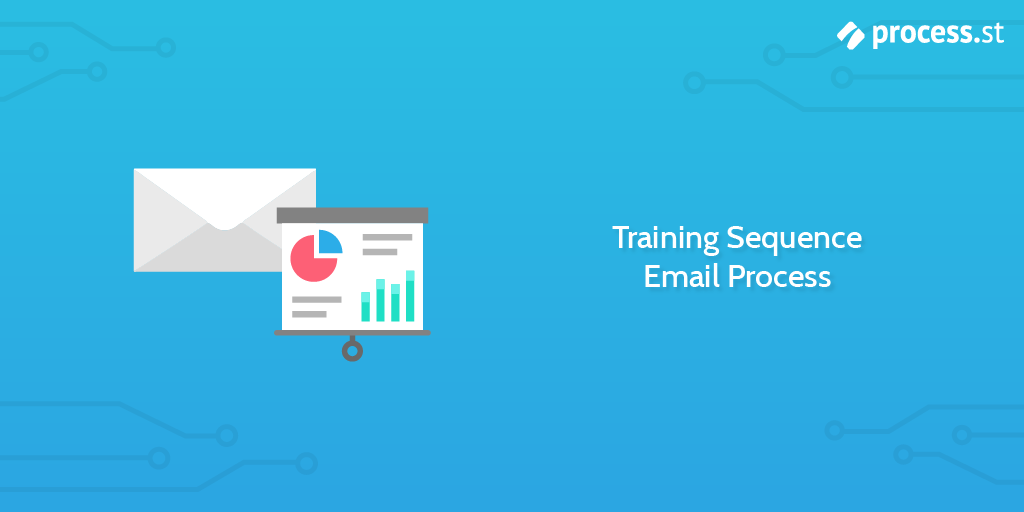
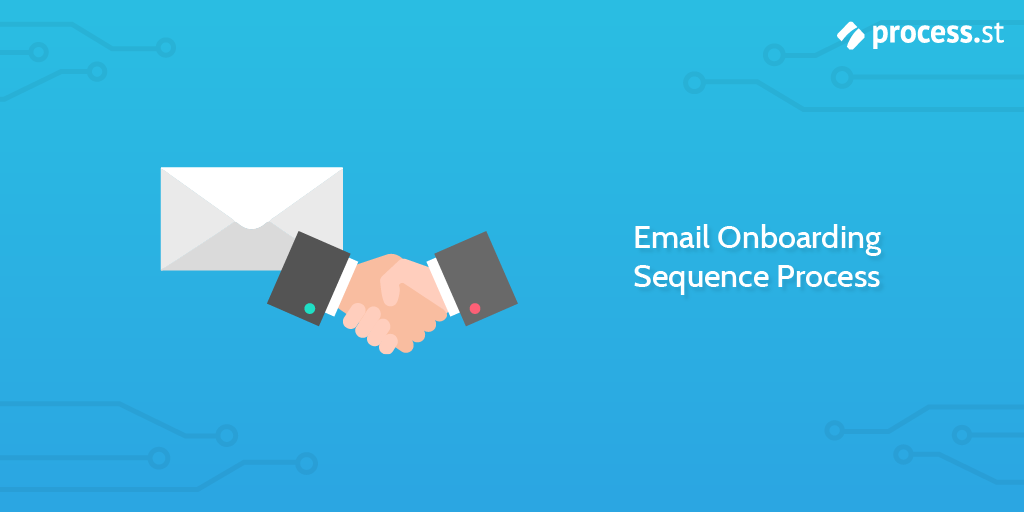
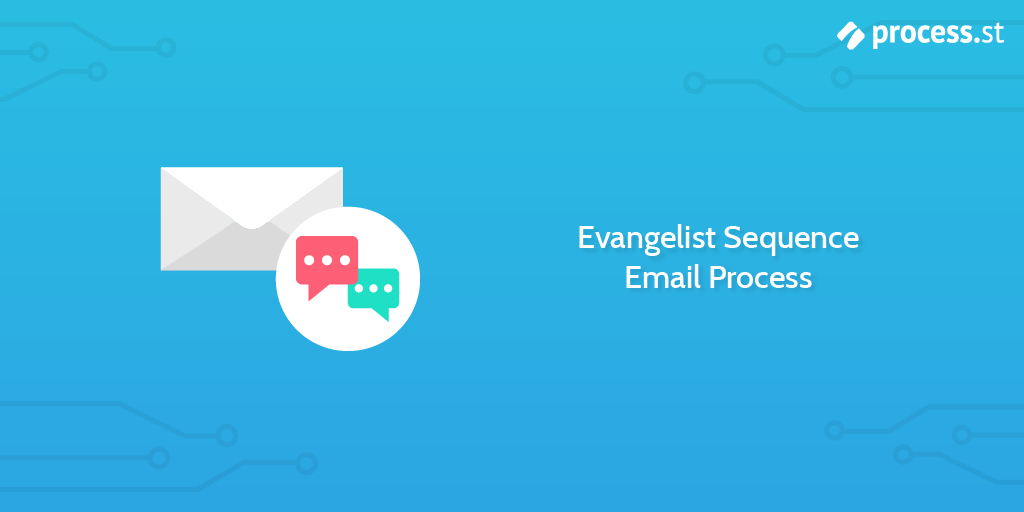
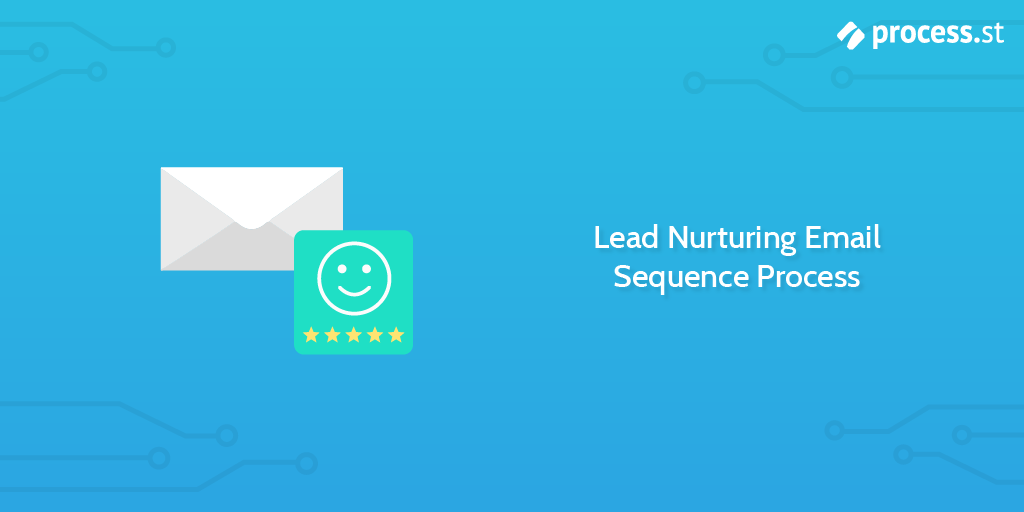
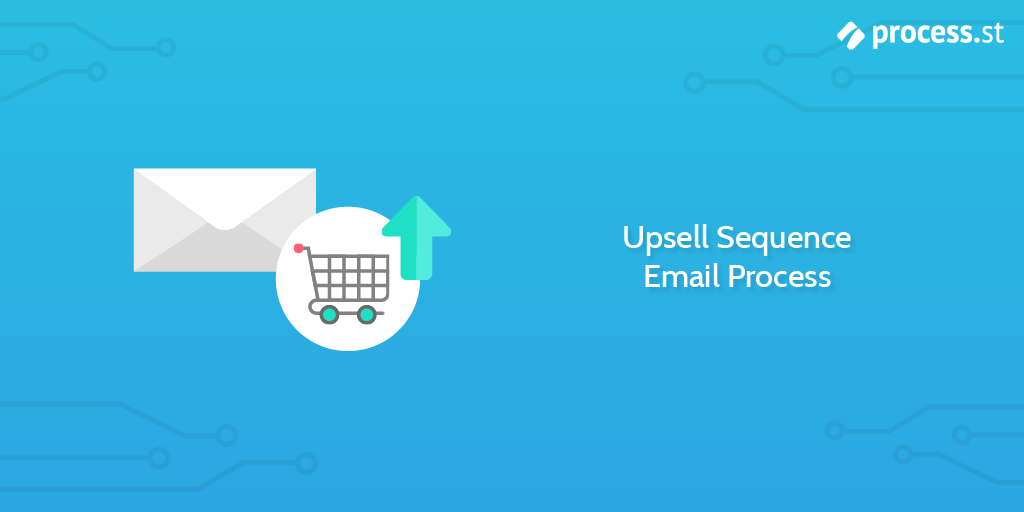
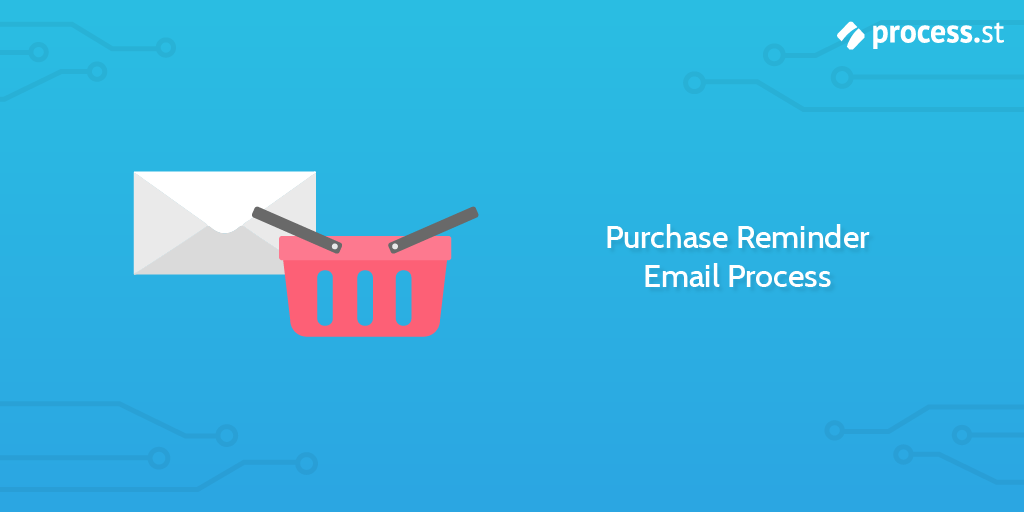
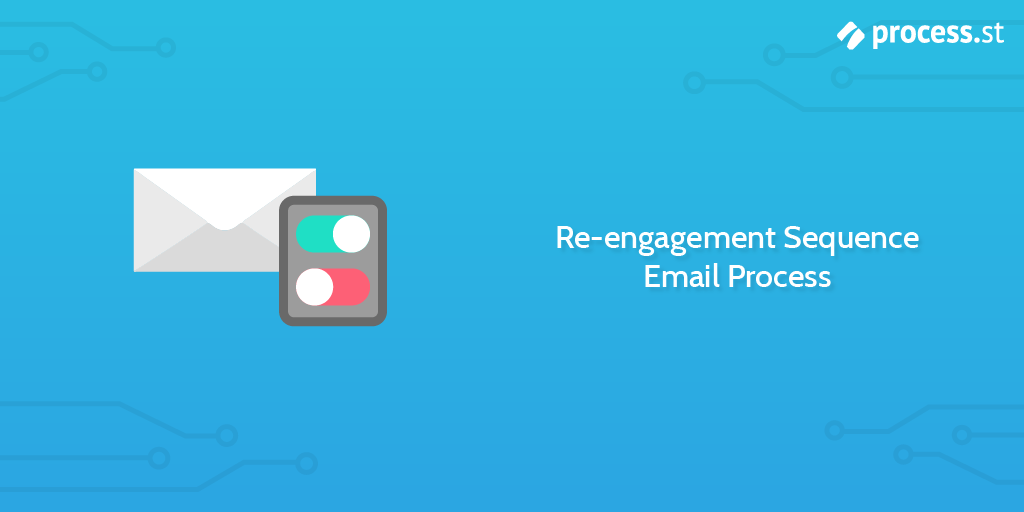
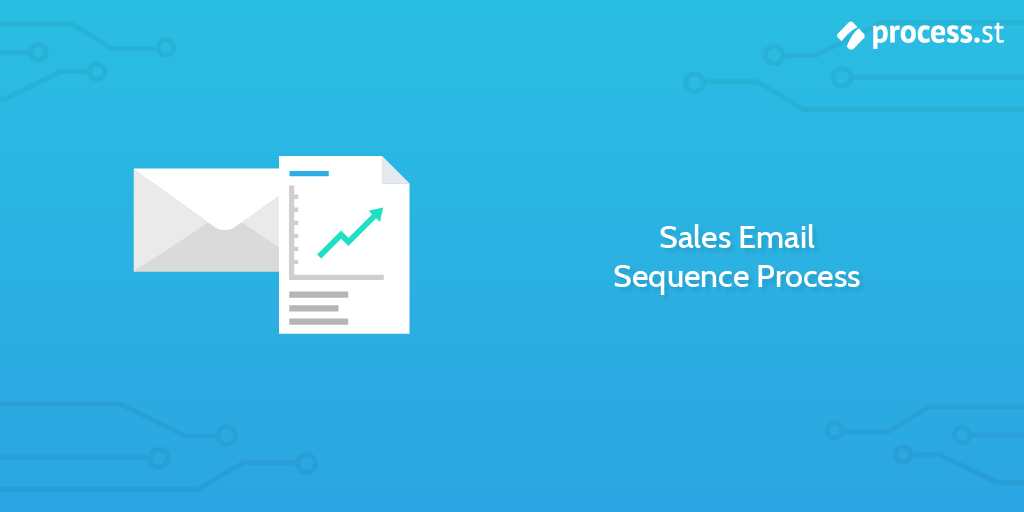
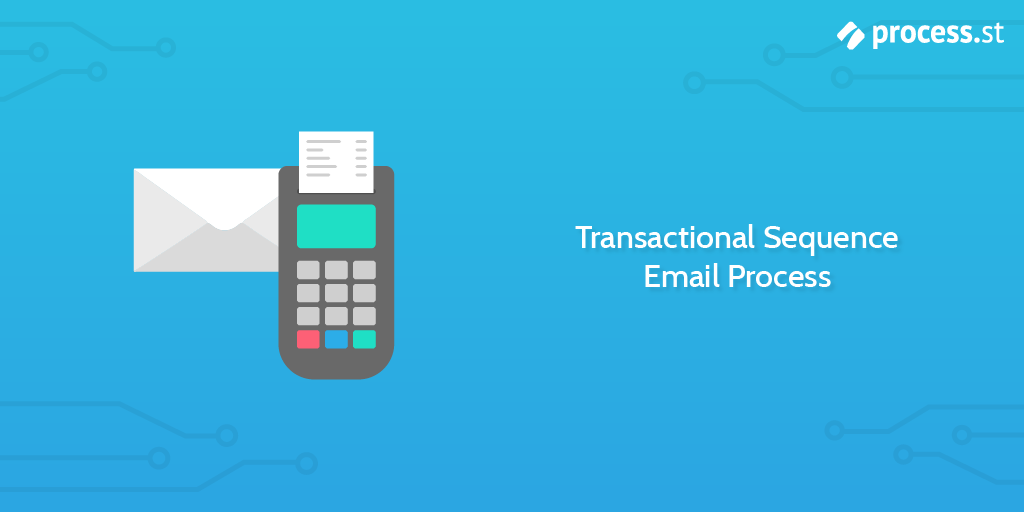

Jane Courtnell
Hi there, I am a Junior Content Writer at Process Street. I graduated in Biology, specializing in Environmental Science at Imperial College London. During my degree, I developed an enthusiasm for writing to communicate environmental issues. I continued my studies at Imperial College's Business School, and with this, my writing progressed looking at sustainability in a business sense. When I am not writing I enjoy being in the mountains, running and rock climbing. Follow me at @JaneCourtnell.